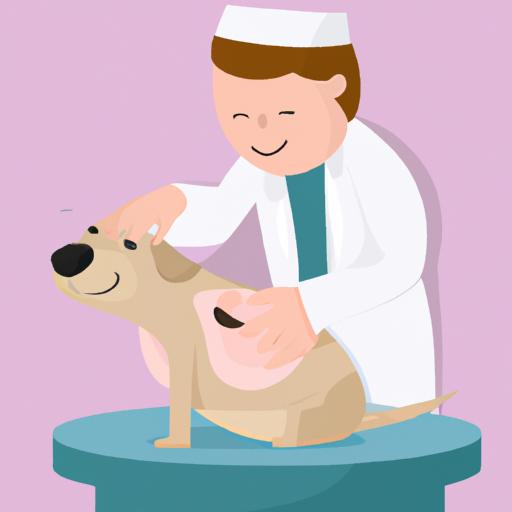
Canine Mammary Tumors: Breast Cancer Awareness
Learn about Canine Mammary Tumors: Breast Cancer Awareness. Discover causes, symptoms, treatment options, and prevention methods for your furry friend.
Introduction
Breast cancer is not limited to humans; our beloved canine companions can also be affected by this disease. Canine mammary tumors, similar to breast cancer in women, require awareness, early detection, and proper management. In this article, we will explore the importance of understanding and raising awareness about canine mammary tumors, their causes, symptoms, treatment options, and prevention methods.
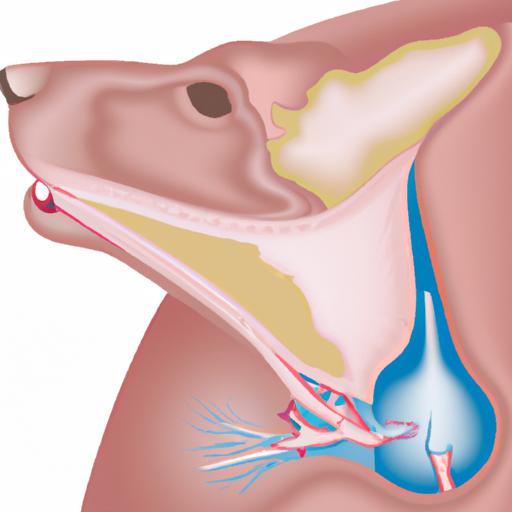
Understanding Canine Mammary Tumors
Canine mammary tumors are abnormal growths that occur in the mammary glands of female dogs. While male dogs can also develop mammary tumors, it is more commonly seen in females. These tumors can be benign (non-cancerous) or malignant (cancerous), and their severity can range from mild to life-threatening.
Causes and Risk Factors
The exact causes of canine mammary tumors are not fully understood. However, certain risk factors have been identified, including:
- Hormonal influence: The female hormone estrogen has been linked to an increased risk of developing mammary tumors. Dogs that have not been spayed or were spayed after their first heat cycle are at a higher risk.
- Age: Older female dogs are more prone to developing mammary tumors. The risk increases after the age of five.
- Breed predisposition: Some breeds, such as Cocker Spaniels, Poodles, and Doberman Pinschers, have a higher susceptibility to mammary tumors.
- Genetic factors: Inherited genetic mutations may also play a role in the development of these tumors.
Signs and Symptoms
Early detection of canine mammary tumors is crucial for successful treatment. It is important for dog owners to be vigilant and regularly check their pet’s mammary glands for any abnormalities. Some common signs and symptoms of mammary tumors include:
- Presence of a lump or mass in the mammary glands
- Swelling or enlargement of the mammary glands
- Changes in the appearance or texture of the skin around the mammary glands
- Discharge or bleeding from the mammary glands
- Lethargy, loss of appetite, or weight loss
If you notice any of these symptoms, it is essential to consult a veterinarian for a thorough examination and diagnosis.
Stages and Diagnosis
To determine the stage of the mammary tumor and the appropriate treatment plan, a veterinarian will perform various diagnostic tests. These may include:
- Physical examination: The veterinarian will conduct a thorough physical examination, including palpation of the mammary glands, to assess the size, shape, and consistency of the tumor.
- Imaging tests: X-rays, ultrasounds, or mammograms may be performed to evaluate the extent of the tumor and check for any potential metastasis.
- Biopsy: A tissue sample may be collected from the tumor for laboratory analysis to confirm whether it is benign or malignant.
Based on the findings, the tumor will be assigned a stage, ranging from stage I (localized tumor) to stage IV (metastasized tumor). This information is crucial in determining the most suitable treatment approach.
FAQ about Canine Mammary Tumors
What are the common treatment options?
The treatment options for canine mammary tumors depend on various factors, including the stage of the tumor, the presence of metastasis, and the overall health of the dog. Common treatment approaches include:
- Surgical removal: In many cases, surgical removal of the tumor, along with the surrounding tissues, is recommended. This is often the primary treatment for localized tumors.
- Chemotherapy: In cases where the tumor has metastasized or is of a malignant nature, chemotherapy may be recommended to target and destroy cancer cells throughout the body.
- Radiation therapy: Radiation therapy may be used in conjunction with surgery or as a standalone treatment to target and destroy cancer cells.
The specific treatment plan will be determined by the veterinarian based on the individual dog’s condition.
How can canine mammary tumors be prevented?
While it may not be possible to completely prevent canine mammary tumors, there are steps that can be taken to reduce the risk:
- Spaying: Having your female dog spayed before her first heat cycle significantly reduces the risk of developing mammary tumors.
- Regular check-ups: Routine veterinary examinations can help detect any early signs of mammary tumors or other health issues.
- Healthy lifestyle: Providing a balanced diet, regular exercise, and maintaining a healthy weight can contribute to overall well-being and potentially reduce the risk of mammary tumors.
Remember, prevention is always better than cure, and taking proactive measures can greatly benefit your furry friend.
Can male dogs develop mammary tumors?
Although rare, male dogs can develop mammary tumors. The risk is significantly lower compared to females. Male mammary tumors are often more aggressive and have a higher chance of being malignant. If you notice any lumps or abnormalities in the mammary area of your male dog, consult a veterinarian promptly for proper diagnosis and treatment.
Are mammary tumors in dogs always cancerous?
No, mammary tumors in dogs are not always cancerous. In fact, around 50% of mammary tumors in dogs are benign. However, it is essential to have all mammary tumors evaluated by a veterinarian to determine their nature accurately. Early detection and proper diagnosis are crucial in providing the best possible outcome for your pet.
Conclusion
Breast cancer awareness should extend beyond human health, as our canine companions are also susceptible to mammary tumors. By understanding the causes, risk factors, signs, and symptoms of canine mammary tumors, we can take proactive steps to ensure our dogs receive timely care and treatment. Regular check-ups, early detection, and awareness play a vital role in improving the outcomes for dogs affected by these tumors. Let us join hands in raising breast cancer awareness for our furry friends and provide them with the love and care they deserve.
If you suspect any abnormalities in your dog’s mammary glands or have concerns about canine mammary tumors, consult a veterinarian immediately. Together, we can make a difference in the lives of our beloved companions.
Resources and Support:
- [Organization/Website 1]
- [Organization/Website 2]
- [Organization/Website 3]


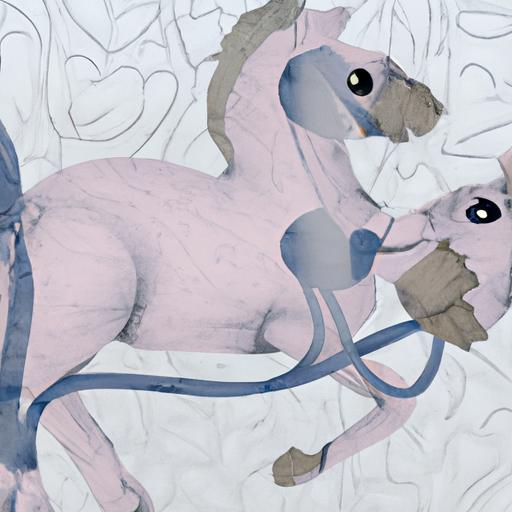
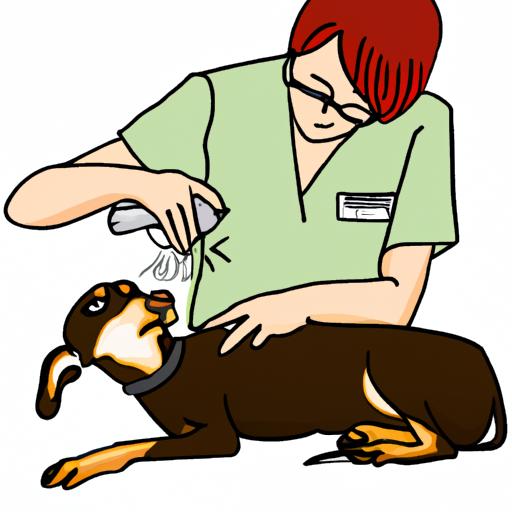



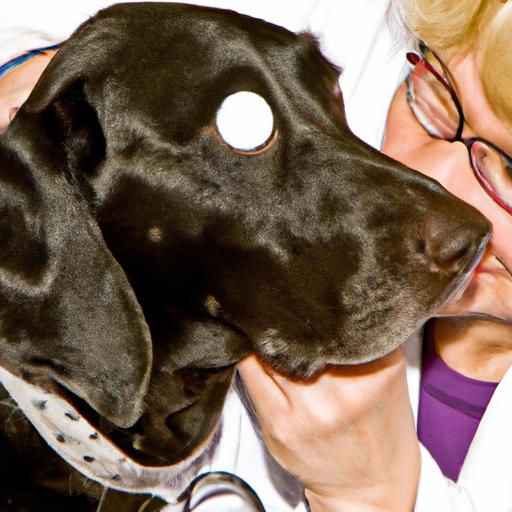



















.jpg)



